|
Have you ever thought about how much help you are providing your child? Do you feel like you are always repeating yourself? Does your child have difficulty learning new skills? The prompt hierarchy is something that OTs (and other therapists) use to consider the level of support a child needs. Sometimes we prompt from most to least. At other times we will prompt from least to most. More on that later in the article. Prompts and cues are provided for additional support during learning of tasks to develop and acquire skills. Prompts and cues can assist with preventing mistakes, improving performance, reducing frustation, maximising learning potential, motor planning, reinforcing sequencing of steps and aiding memory. Prompts can assist with kinesthetic learning through movement and muscle memory for long term independence. A combination of prompts can provide a multi-sensory approach where movement, visual and verbal cues are provided simultaneously. So what types of prompts are there? PHYSICAL ASSISTANCE - The adult provides physical help by holding the child and guiding movement. Example 1: The adult's provides "hand over hand" assistance by holding the child's hand to move a pencil to form a letter. Example 2: The adult holds the child's waist and lifts them up to facilitate jumping. Example 3: The adult holds down the child's forearm on the table during a writing activity. PARTIAL ASSISTANCE - The adult provides partial physical assistance by using their body (usually hands) to direct movement. Example 1: The adult uses their finger on the page to provide a physical barrier to direct the size of letters formed. Example 2: The adult positions hand for child to place foot on top (of adult's hand) to encourage balance on one leg. Example 3: The adult taps the child's wrist as a reminder to place it on the table. MODELLING - The adult demonstrates an action to complete a task (or part of a task). The child imitates the adult's action. Example 1: The adult draws the letter "a" and the child then draws the letter "a". Example 2: The adult demonstrates jumping over a beam and the child jumps over the beam. Example 3: The adult places wrist and forearm on table whilst writing. The child places wrist and forearm on table during writing. VISUAL AID - Pictures, photograhs, checklists, symbols, social stories, signs and written instructions can provide visual prompting to assist a child with learning and achieving independence. EXAMPLE 1: A printed alphabet visual aid is provided on a student's desk for the child to reference when writing. EXAMPLE 2: An obstacle course contains pictures along the way to provide a visual prompt for what to do at each station. EXAMPLE 3: A social story provides a suggested way to learn a toileting routine. VERBAL - Verbal instructions are provided to the child before or during a task. This may be directive or questioning. EXAMPLE 1: "What hand do you use to hold the pencil?" EXAMPLE 2: "Jump with your feet slightly apart." EXAMPLE 3: "Draw a straight line down, up and around." GESTURE - A small movement to signal an action. These gestures may need to be explained if the child is unable to intrepret the meaning independently. EXAMPLE 1: Hand held up represents "stop". EXAMPLE 2: Finger held to closed lips represents "no talking". EXAMPLE 3: Both palms raised upwards represents "stand up". NATURAL CUES - Natural cues occur without additional information from an adult. EXAMPLE 1: The children sitting on the floor facing the teacher indicates that it is time to sit on the floor and look at the teacher. EXAMPLE 2: The bell ringing for at the end of recess indicates time to line up. EXAMPLE 3: Tightness in the bladder indicates the need to go to the toilet. MOST TO LEAST HIERARCHY
LEAST TO MOST HIERARCHY
The level of prompting provided may be determinded by the general approach to skill acquisition. Is the approach directive, investigative, exploratory, reflective or goal directed? Some children will always require additional prompts due to a cognitive, developmental or physical delay. Some children may require a task modification and/or environmental modification. This level of independence with the most suitable level of support should be celebrated as functional. For those of you who are occupational therapists (or other therapists) you may be interested in this resource that I've designed with the prompt hierarchy in mind. The "PROMPT HIERARCHY GOAL AND RECORD SHEETS" may be used as part of an asssesment, to record progress or the use of prompts. The "PROMPT HIERARCHY GOAL AND RECORD SHEETS" include:
These unique pages will assist with report writing! Have you considered how much support your child needs? How much help? How much can they do independently? You can also read more on the JUST RIGHT CHALLENGE where I explain how the child, activity and environment are a balancing act! Until next time,  Cindy is a registered occupational therapist practising in Sydney, Australia. She has two growing children who are a constant source of inspiration and learning. Cindy loves working creatively to help children to reach their potential, finding opportunities in everyday living and making learning fun. She is also addicted to making printables (even when they take a long time to complete). Cindy is the author of the Occupational Therapy blog Your Kids OT. Read more articles from Your Kids OT at https://www.yourkidsot.com/blog Cindy is a contributing author of the Functional Skills for Kids Therapy Team. They have together published THE HANDWRITING BOOK, THE SCISSORS SKILLS BOOK and THE TOILETING BOOK. The information on this site is general in nature. The activities are safe for most children, however, you should consult an Occupational Therapist or health professional to address specific movement, sensory or other medical conditions. Affiliate links are used throughout this website to promote recommended products. Your Kids OT receives a small commission if any purchases are made through these links. Please see my disclosure policy for more details. Amazon Store: https://www.amazon.com/shop/yourkidsot YKOT shop: https://www.yourkidsot.com/store/c1/Featured_Products.html Teachers Pay Teachers: https://www.teacherspayteachers.com/Store/Your-Kids-Ot You Tube Channel: https://www.youtube.com/channel/UCZUz_5nYEOCkj32DiOCQo4Q/featured Facebook: https://www.facebook.com/yourkidsot Instagram: https://www.instagram.com/yourkidsot/ Pinterest: https://www.pinterest.com.au/yourkidsot/
0 Comments
|
AuthorHi, I'm Cindy and I am an Occupational Therapist. I enjoy working creatively with children to see them reach their potential. Read more about me here. SEARCH THIS SITE
Archives
June 2024
Categories
All
Popular Posts |
Join the YKOT e-newsletter!
Subscribe to get our latest content by email and receive
the SHAPE ROADS PRINTABLE NOW!

Success! Now check your email to confirm your subscription and receive your free printable!
Join our Mailing List!
Subscribe to get our latest content by email and receive
the SHAPE ROADS PRINTABLE NOW as a thankyou!

Success! Now check your email to confirm your subscription and receive your free printable!
Disclaimer: The information on this site is general in nature and should be used for educational and entertainment purposes. The activities are safe for most children, however, you should consult an Occupational Therapist or health professional to address specific movement, sensory or other medical conditions. This blog does not replace formal therapeutic professional advice given by a health professional or medical practitioner. Reviews and endorsements of products will only be made based on my expertise and personal opinion; and deemed worthy of such endorsement. The opinions shared in sponsored content will always be my own and not that of the advertising company or brand. Content, advertising space or posts will be clearly identified if paid, affiliated or sponsored. Affiliate links may be found throughout this website in advertising. This means that if you follow through with a purchase from these links, Your Kids OT will receive a percentage of the sale. Your Kids OT undertakes to meet the requirements of the "Social Media Policy" as published by Australian Health Practitioner Regulation Agency (AHPRA). Further information about this policy can be found here.
Find meFollow me |
About me
AuthorHi, I'm Cindy and I am an Occupational Therapist. I enjoy working creatively with children to see them reach their potential. Read more about me here. |
Copyright © 2017 Your Kid OT

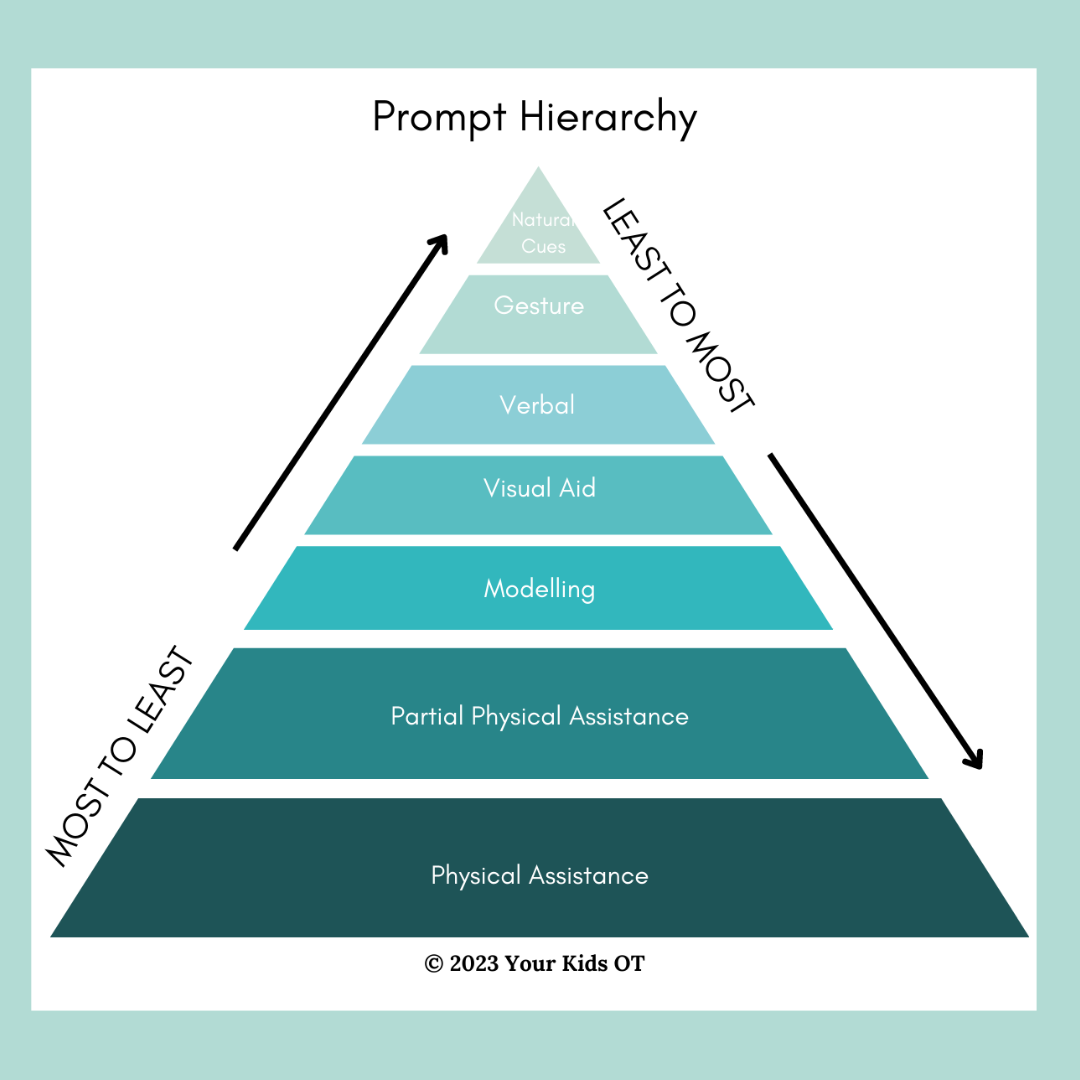
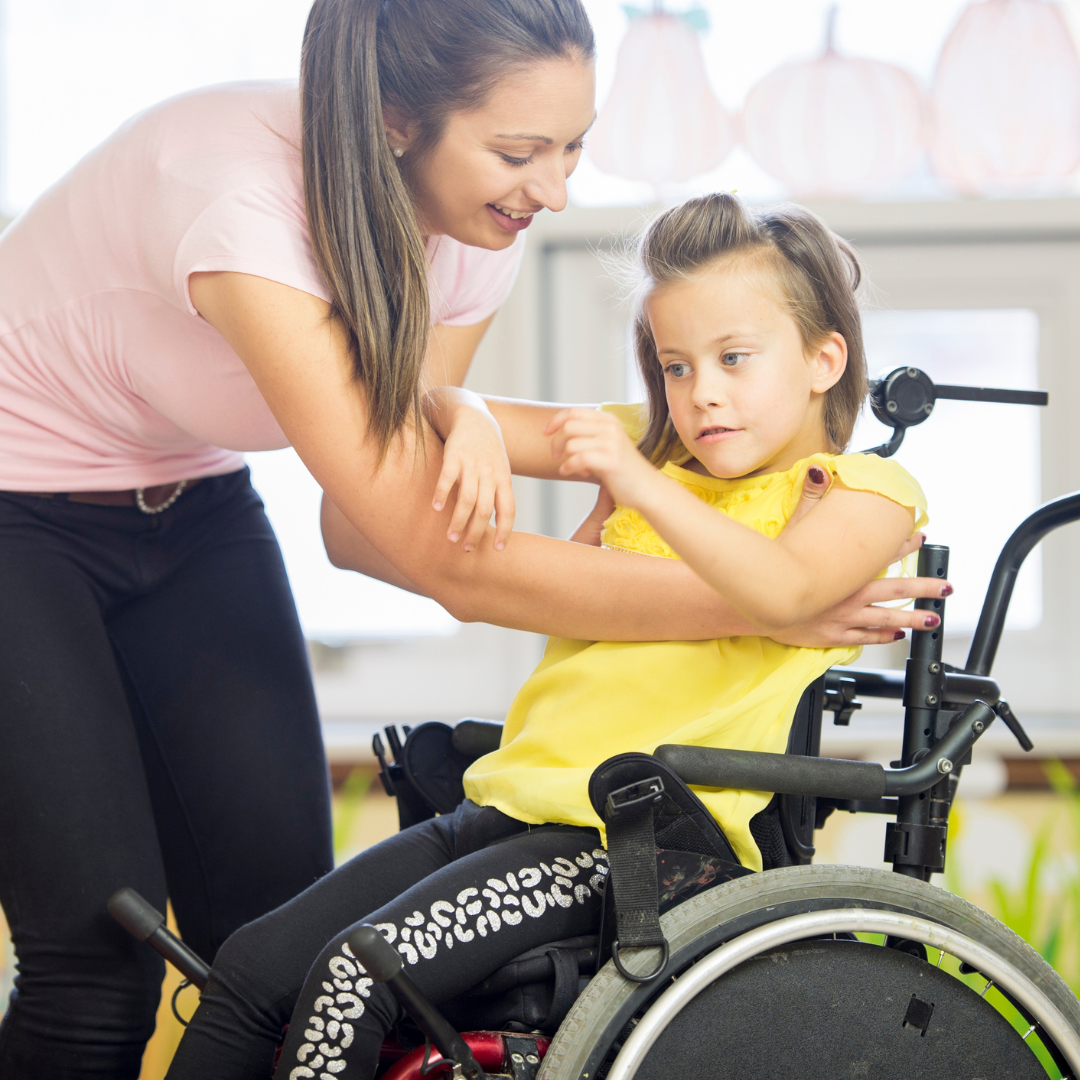
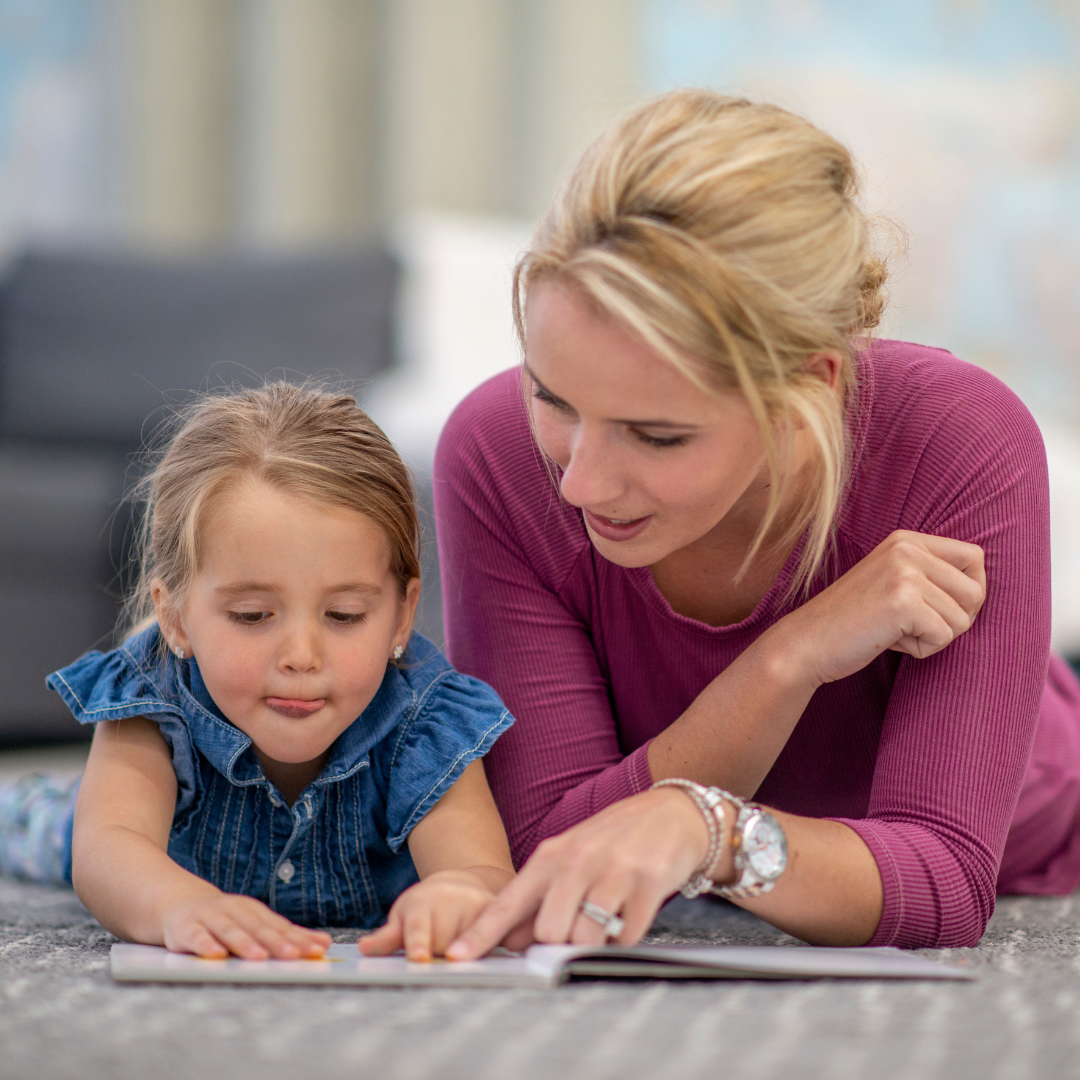

 RSS Feed
RSS Feed
